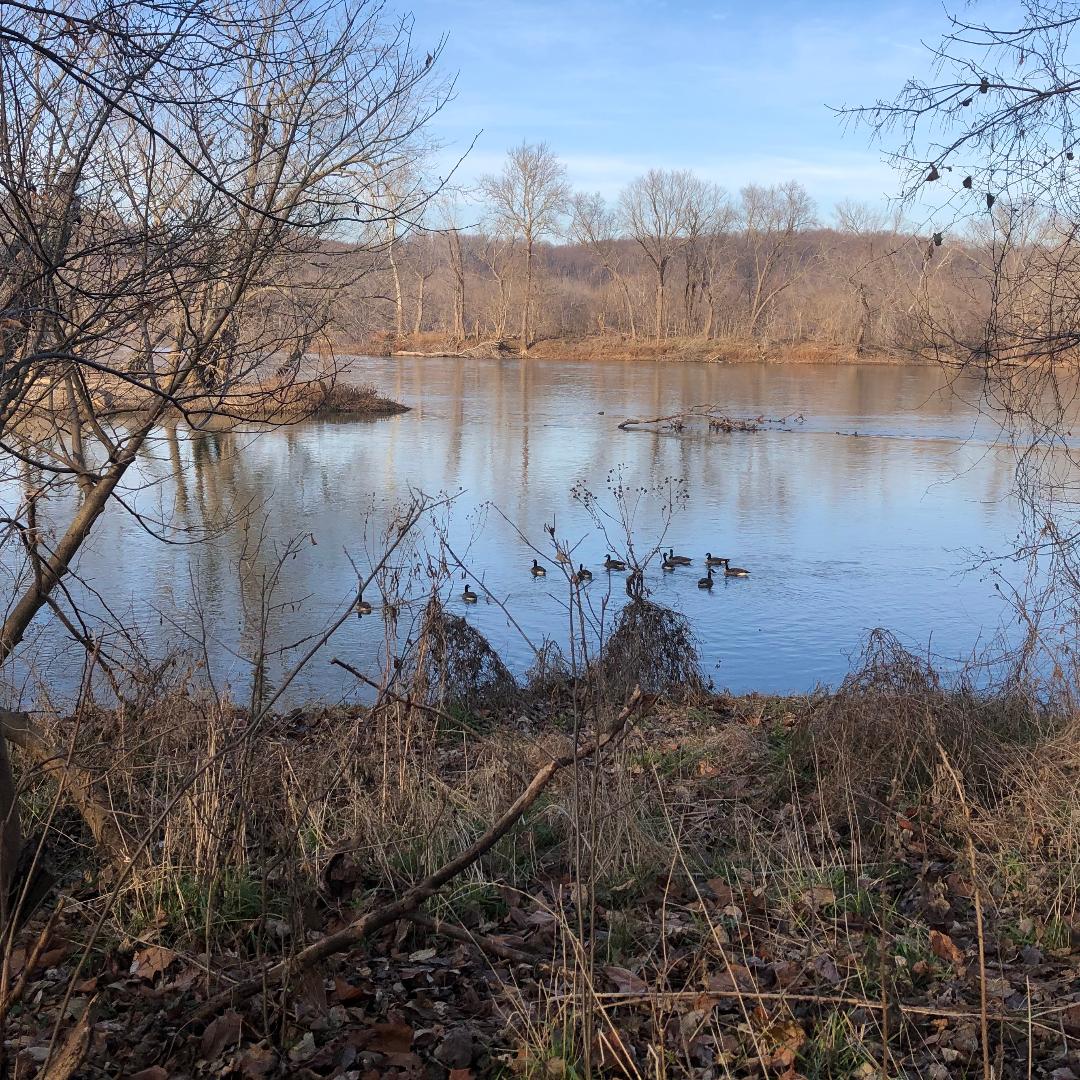If you live around Northern Virginia, I am sure that at some point you have seen a large flock of Canada geese somewhere. Maybe it was on an idyllic pond at some regional park, on a golf course, or even walking across a major highway. Read on to find out information about Canada geese, the adaptable, opportunistic birds that now make suburbia their homes. The geese in the photo above are in the Potomac River in Great Falls, VA.
General Info
All depend on what source you use
There are 11 sub species of Canada goose,
Including the giant subspecies
Lifespan 10-24 years
Length 2.5-3.6 feet
Wingspan 4.2-6.1 feet
Weight 5.5 – 14 lb males are bigger
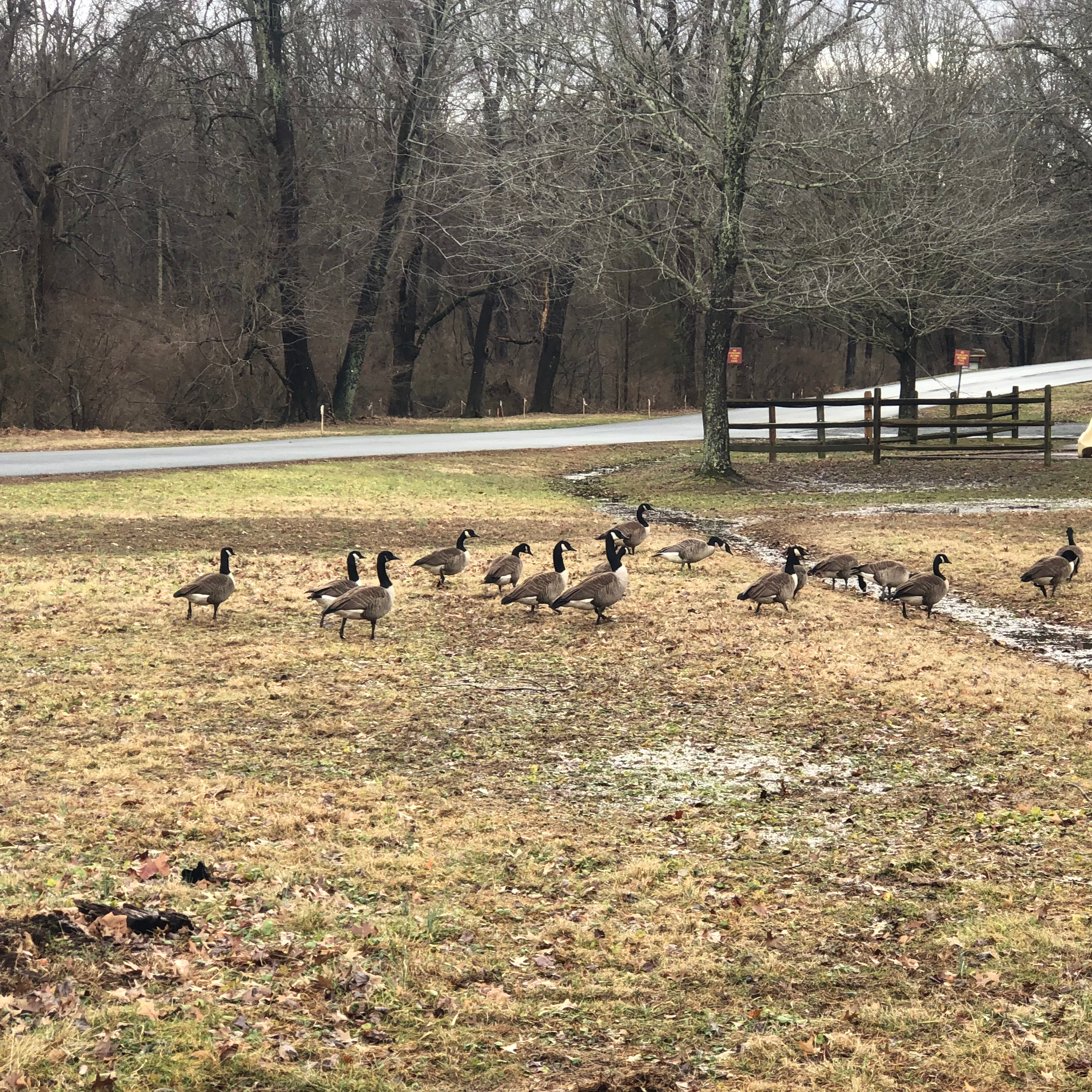
Reproduction
Usually mate for life
2-8 eggs about 2”x3”
Eggs hatch in 25-28 days
Hatchlings leave the nest in 1-2 days
Adults can be aggressive during this time
Nests usually elevated, near water,
with unobstructed views.
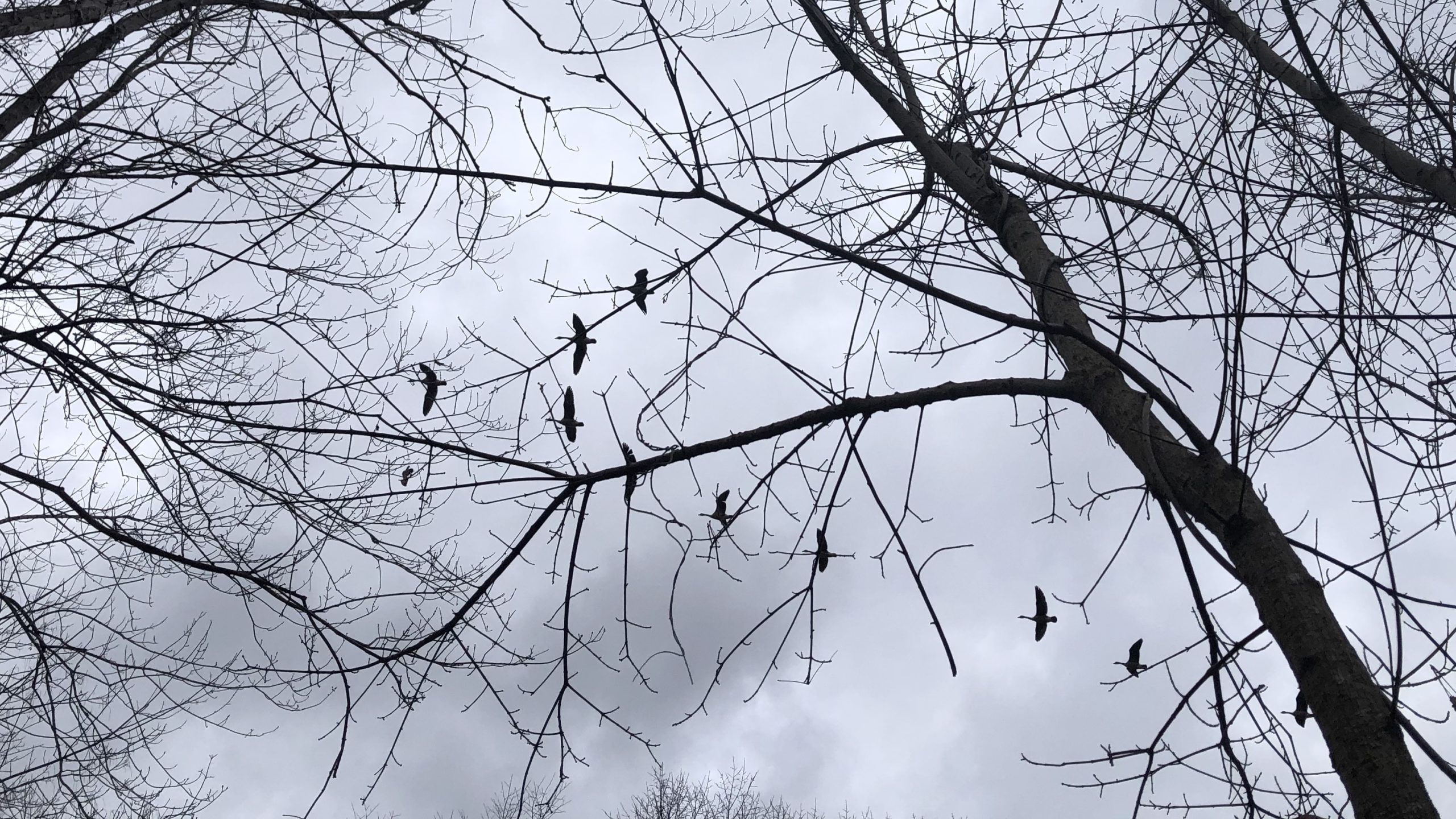
Canada Goose Fun Fact Flying
These birds usually follow the same migration paths and stopovers yearly. They fly in the characteristic “V” pattern. This allows them to take advantage of air currents created by the wing tips of the bird in front of them. Interestingly, they can fly up to 1500 miles in a 24-hour period.
Food Choices
You guessed it! These geese are mostly herbivores, and as a result, they like grass. They also eat small insects, small fish, aquatic plants, and crops such as wheat, rice, and corn. This is why they are happy on golf courses, sports fields, and in farmers crops.
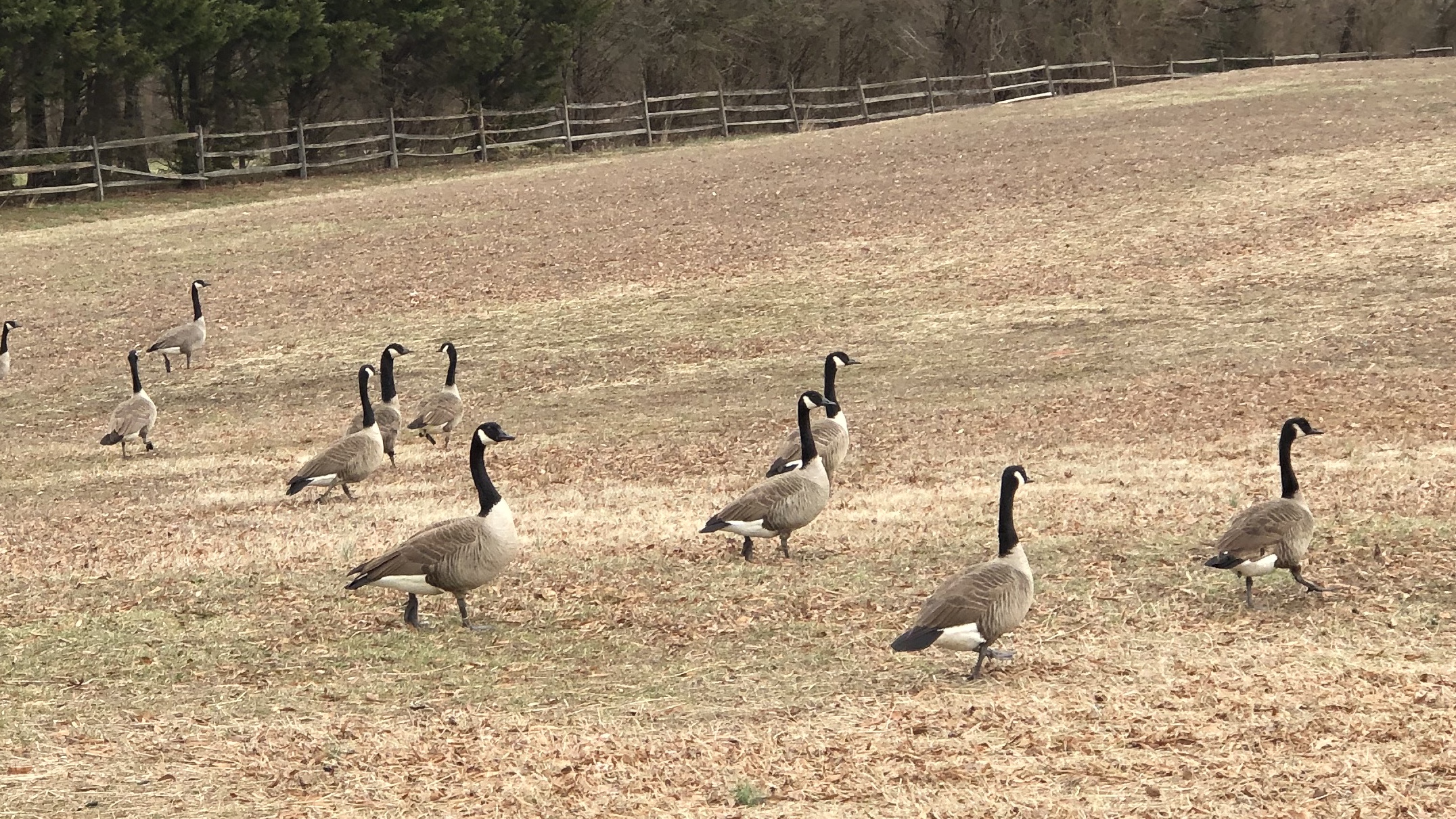
Canada Geese Poop Information & Cautions
Canada geese eat a lot, and as a result, produce lots of geese poop. I love the outdoors and wildlife, but geese poop is quite nasty. You may even wonder if it is safe to be around. Well, here is the short answer. According to most sources, healthy people should be fine. However, people with compromised immune systems, the young, and the elderly should be careful. Geese feces may contain the parasites cryptosporidium, giardia, coliform, e. coli, campylobacter, and flocks may harbor a variety of viruses. These parasites can cause a variety of illnesses. Usually the only way to expose yourself is through inhaling or ingestion of the feces. Be careful cleaning and handling shoes after walking in poop. Many scientists refrain from stating that geese can transmit viruses to livestock and people. In the end, it is probably best to view geese from afar.
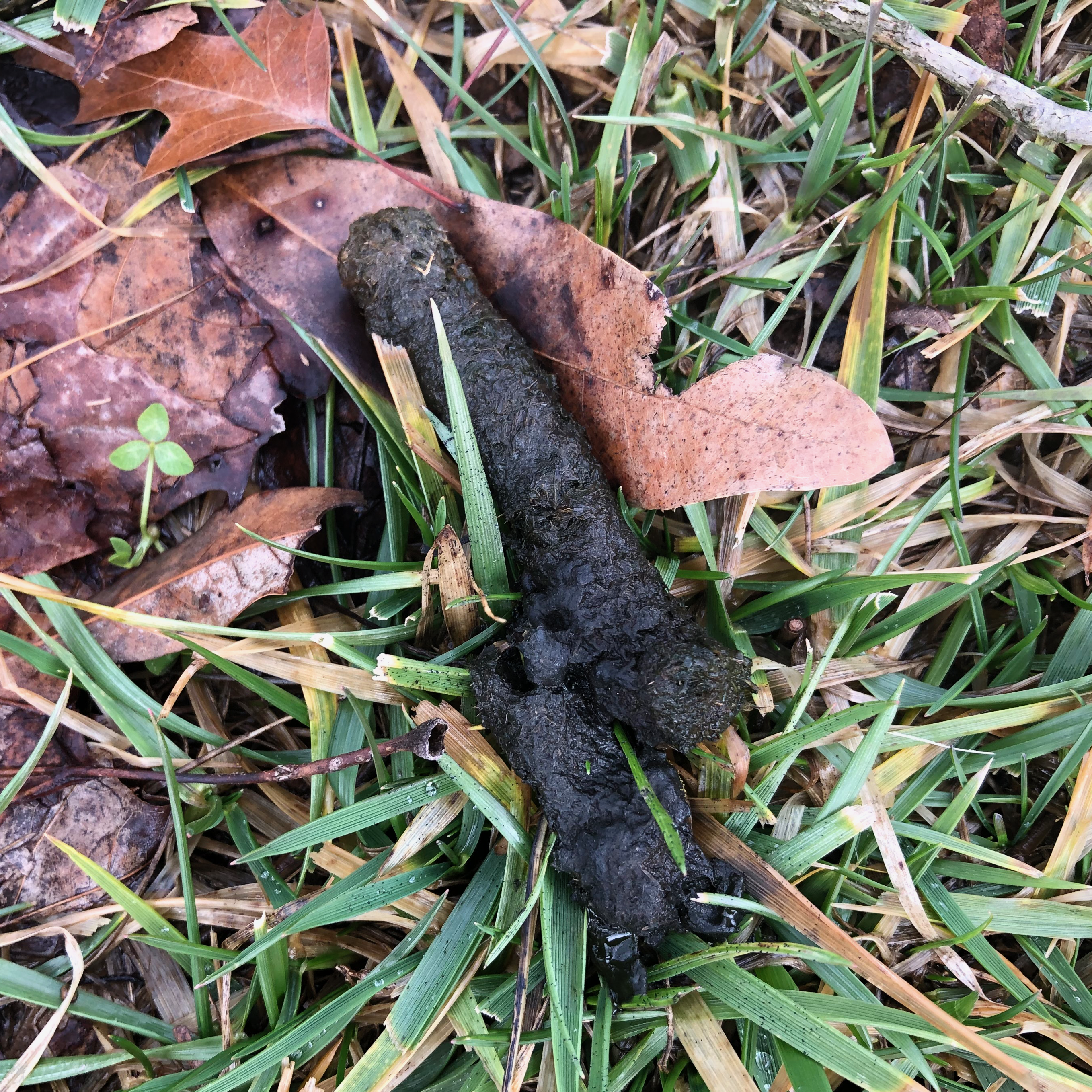
Almost Extinct?
In the early to mid 1900s, several species of Canada geese were close to extinction. Over hunting decimated populations. Thanks to the efforts of private citizens, the Michigan government, and probably others, geese were breed in captivity. Between 1928 and 1964 2500 geese were released into the wild and by 1969 the population grew to 9400. Current numbers are based on specific fly away flocks. Some flocks are increasing, but others are decreasing steadily. Canada geese are federally protected under the Migratory Bird Treaty Act. Hunting is controlled. Currently (2019) they are not on the endangered species list. This is due to two reasons. The hard work of humans and the extreme adaptability of the birds. Only time will tell if these numbers can remain relatively constant.
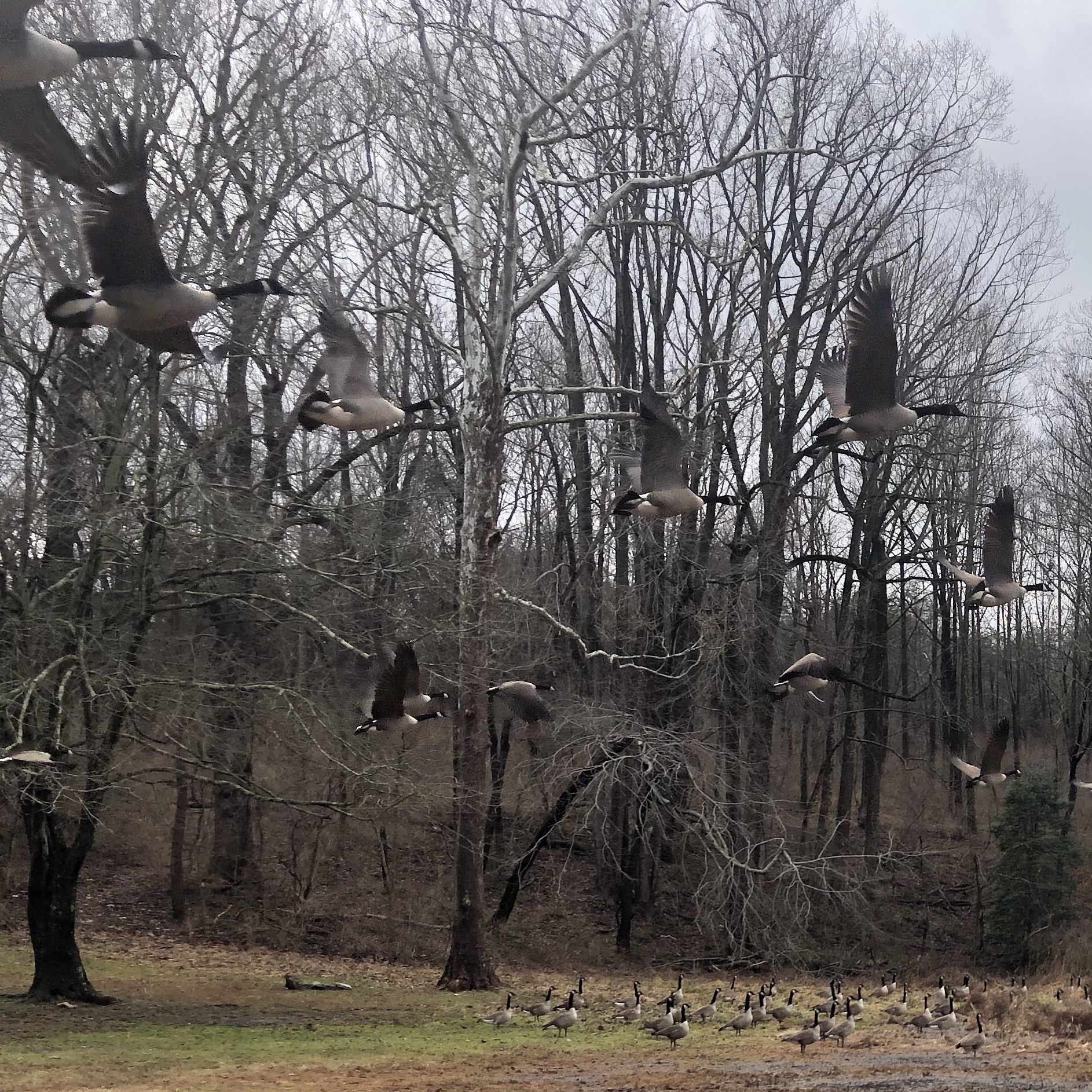
References
Fairfax County Department of Resources, "Canada geese", Fairfax County Government, accessed 01/25/2020, https://www.fairfaxcounty.gov/wildlife/canada-geese
Michigan DNR, "DNR Brought Canada Geese Back From Near Extinction, Michigan Outdoors News, published 09/09/2015, accessed 01/23/2020, https://michianaoutdoorsnews.com/hunting/waterfowl/1202-dnr-brought-canada-geese-back-from-near-extinction
Johan Elmberg, Charlotte Berg, [...], and Rebecca Hessel. “Potential disease transmission from wild geese and swans to livestock, poultry and humans.........” Infection Ecology & Epidemiology 2017: 7(1); 1300450.https://www.ncbi.nlm.nih.gov/pmc/articles/PMC5443079/
